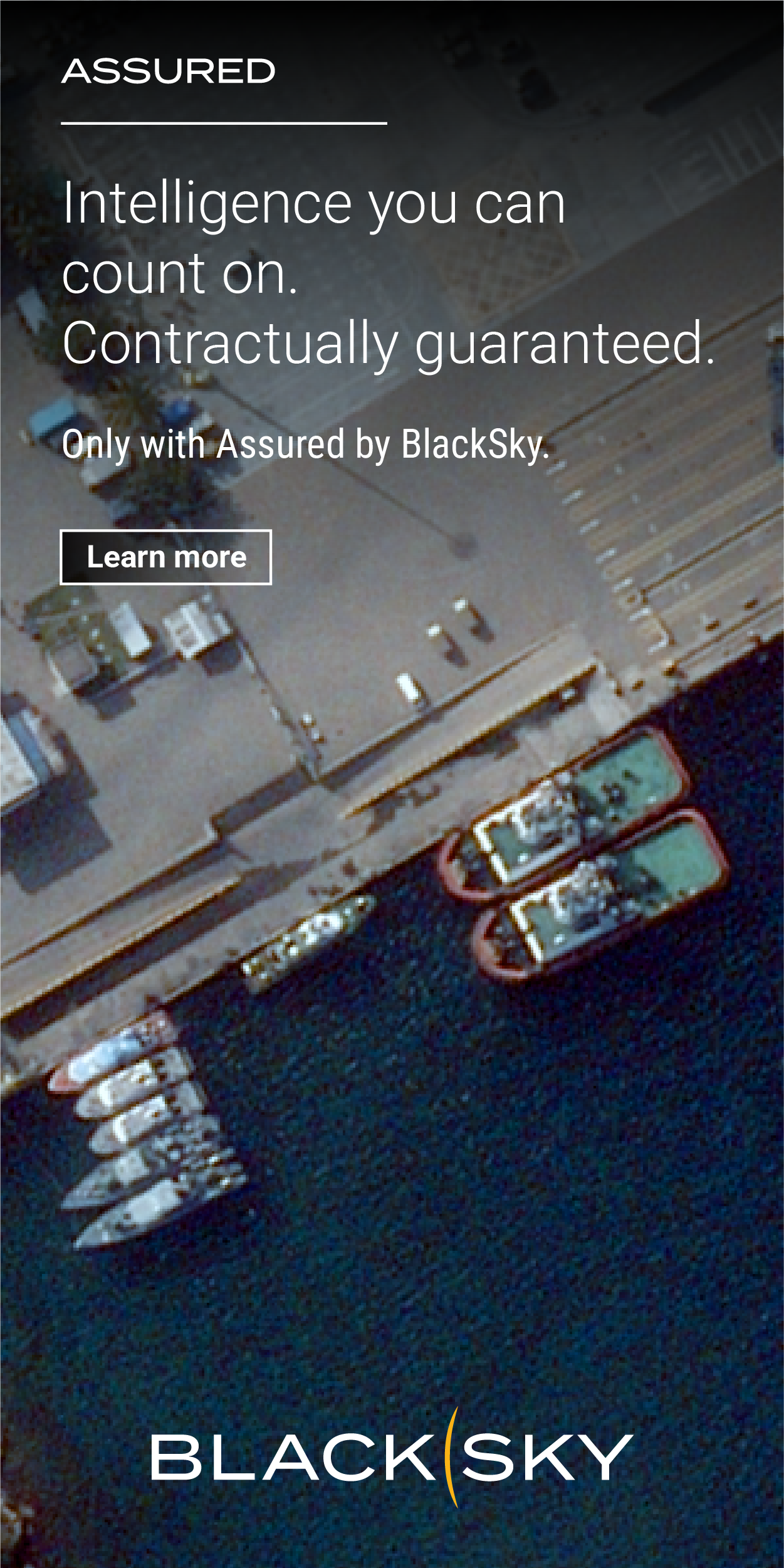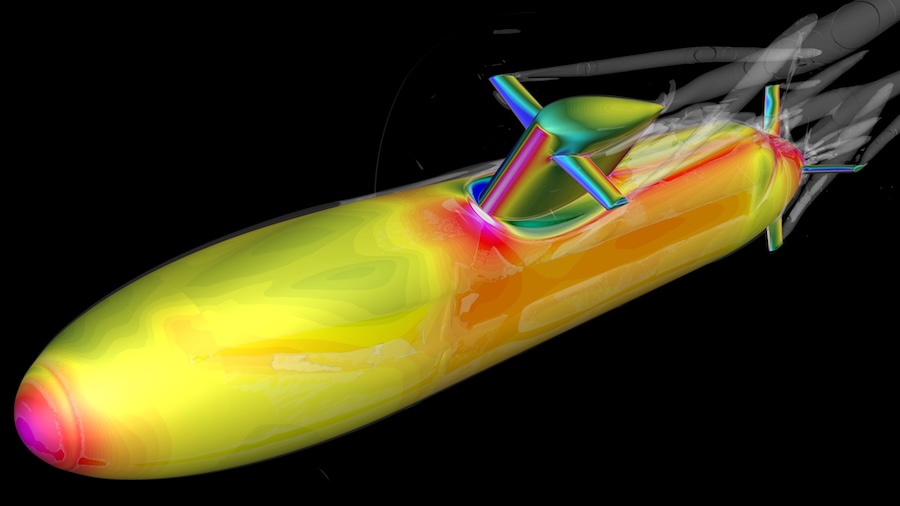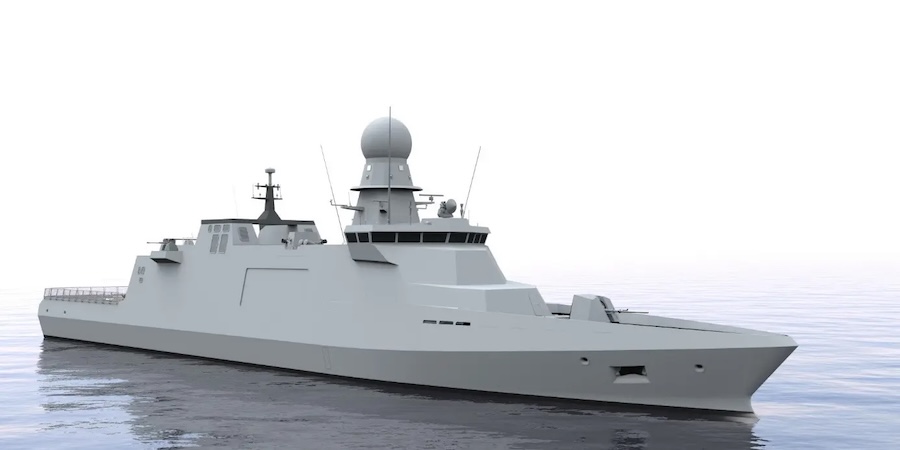According to six Reuters sources, SpaceX is partnering with Palantir and Anduril to present a proposal to the U.S. government. Their joint plan includes launching between 400 and over 1,000 satellites for missile detection and tracking, along with 200 attack satellites designed to neutralise threats.
SpaceX is expected to focus on the sensing component of the satellite network, while Palantir and Anduril are involved in analytics and defensive capabilities. The satellites may be armed with missiles or lasers, although SpaceX itself is not responsible for weaponisation.
Unusually, SpaceX has proposed a subscription-based model for the system, whereby the government pays for access instead of owning the infrastructure outright. This model could bypass standard Pentagon procurement procedures and potentially accelerate deployment timelines.
However, the subscription model has raised concerns within the Pentagon due to its novelty in large-scale defence programmes. “We are exploring whether SpaceX should own and operate its segment or if the U.S. should retain ownership with contractors managing operations,” said General Michael Guetlein of the U.S. Space Force.
The Golden Dome project has attracted attention from both defence startups—such as Epirus, Ursa Major, and Armada—and major contractors like Boeing and Lockheed Martin. These firms are now competing for roles in what could become a landmark shift in how the U.S. develops and manages national missile defence systems.





























